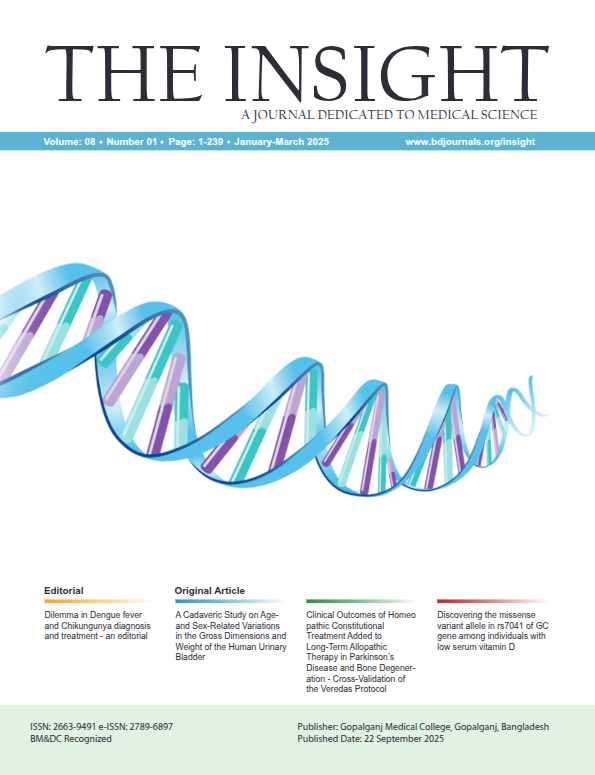Abstract
Background: Acute cholecystitis (AC) is a common inflammatory condition of the gallbladder, and timely severity assessment is crucial for appropriate management. While the Tokyo Guidelines (TG18) provide a framework for diagnosis and grading, they lack specific biomarker thresholds for severity estimation. This study explores the role of C-reactive protein (CRP) and erythrocyte sedimentation rate (ESR) as potential predictors of disease severity. Aim of the study: To evaluate the association of CRP and ESR levels with the severity of acute cholecystitis and propose potential cut-off values for clinical application. Methods & Materials: A descriptive cross-sectional study was conducted on 130 patients diagnosed with acute cholecystitis between June 2023 and June 2025. Patients were classified into mild, moderate, or severe categories based on clinical, laboratory, and imaging findings. CRP and ESR levels were analyzed in relation to disease severity. Result: CRP and ESR levels were significantly associated with disease severity (p<0.001). All mild cases had CRP <1 mg/L, while all severe cases had CRP >6 mg/L. Mean CRP values were 0.646±0.231 mg/L (mild), 5.30±1.76 mg/L (moderate), and 13.78±4.48 mg/L (severe). ESR followed a similar trend: 14.76±3.54 mm/hr (mild), 36.78±2.35 mm/hr (moderate), and 47.45±2.97 mm/hr (severe). Ultrasound findings such as gallbladder wall thickening, common bile duct dilation, and bile spillage were also significantly associated with severity. Conclusion: CRP and ESR levels correlate strongly with the severity of acute cholecystitis and may serve as practical biomarkers for early risk stratification. These findings support their integration into routine diagnostic and prognostic evaluation, particularly in resource-limited settings.

This work is licensed under a Creative Commons Attribution 4.0 International License.
Copyright (c) 2025 The Insight





 PDF
PDF